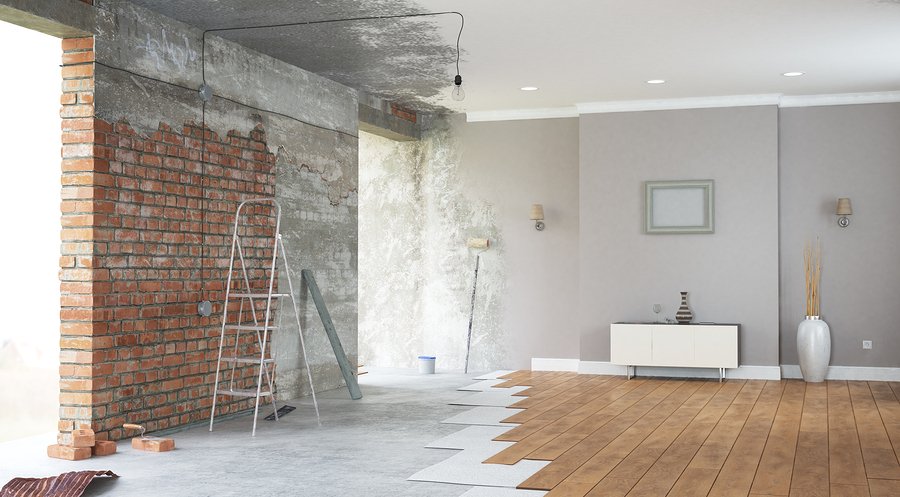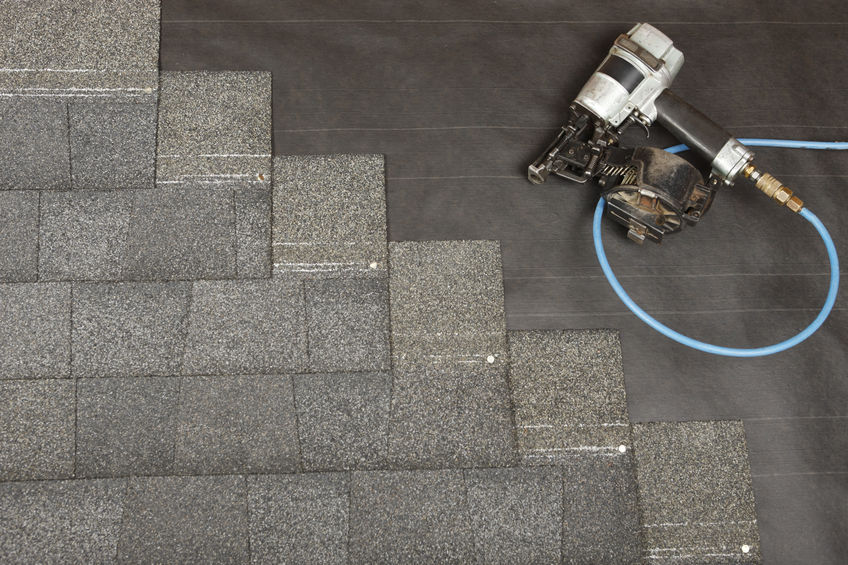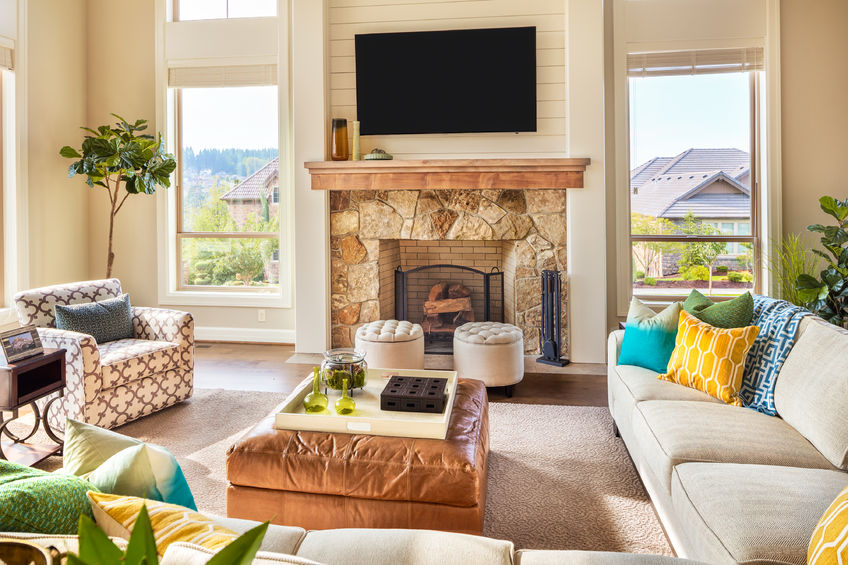Be sure your homeowners insurance coverage is adequate before, during and after your remodel
It’s a little like eating your vegetables when you were a kid. You know you need to do it to keep healthy, but it’s not your favorite thing to do (or eat).
Today’s topic is like that. Homeowners Insurance. In my line of work in the construction industry I know quite a few insurance professionals. They’re lovely people. But let’s face it, the product they sell isn’t exciting. I’d much rather spend time looking at gorgeous tile or lighting. But insuring your home is a crucial necessity. Now you see where I was heading with the vegetable comparison.
We all know we need homeowners insurance when you buy your home in order to obtain financing. But there are also important things to know about your insurance coverage during a remodel.
Don’t wait to complete your remodel to call your agent and increase coverage on the structure of your home. No matter the size of your project, chances are you’re adding value to your home and your exposure to risk. If your new addition were to be damaged or destroyed before you raised your limits, you could end up paying for repairing the damaged area.
Here’s what you need to know to be assured you and your home are fully protected throughout the remodel process.
When hiring a general contractor
When you hire a general contractor, a reputable professional should have adequate coverage. There are two primary types of coverage you must require the contractor to carry:
- Workers’ Compensation: Verify that he or she has workers’ compensation coverage in the event that an employee or subcontractor gets hurt on the job. If they have no insurance or insufficient coverage, their workers or subcontractors injured on the job could end up suing you for medical expenses.
- General Liability: Ask if the contractor has liability insurance. This covers losses due to negligence and errors which results in property damage. Also ask that you are added as an “additional insured.”
Depending on the type of renovation planned, your contractor may also need to provide a builder’s risk policy. This coverage protects your existing property and during the course of the renovation. It also insures uninstalled appliances, cabinets, carpet, and other items related to your remodel. Your agent can help you verify whether you should require this from your contractor based on the scope of the project.
Taking on the project yourself?
When you take on a remodel yourself, you also take on the liability. Your coverage needs can vary depending on the size of your project and who is going to help you do the work.
Check to be sure if you need additional coverage beyond your existing homeowners policy for these situations:
- Hiring subcontractors
- Hiring paid help
- Using non–paid help such as family or friends
- Potential loss or damage to building materials prior to use

If you do hire subcontractors such as a plumber or an electrician ask for a “Certificate of Insurance” or copies of their policies. These should show their general liability and workers’ compensation coverage. If a contractor doesn’t have their own workers compensation coverage you could be responsible for their injuries while working on your home. If you are paying friends to do the work, you could be subject to workers’ compensation laws if they are injured while working on your home. Be sure to check with your agent about this important issue.
Now, if a friend or relative helps you out as a favor (no money changes hands) and gets injured, your homeowner’s insurance typically covers the cost of their injuries, up to your policy limits. But be sure to check with your agent about these limits. What if a helper is seriously injured? For an extra layer of protection it’s a good idea to also carry umbrella policy. This provides liability coverage above your homeowners limits.
Keep all your records and receipts
Hang on to your remodeling records — bids, estimates, invoices and receipts. You’ll need these to update your homeowner’s policy as well as your home inventory. HomeOnTrack’s Folders will do this for you. These folders become your home filing system once your project is complete. Find out how HomeOnTrack will keep all this organized for you.
Also, though not required, providing “before” and “after” pictures of your project is a great idea. This will help your agent update your policy faster. Plus, won’t it be fun to see the transformation?
Ask about discounts

Some remodel projects might lower your homeowners premium. Installing stronger doors, an alarm system or dead-bolt locks reduces the risk of a break in. Some insurers offer even larger discounts if you install a sprinkler system or alarm that notifies the police or fire department if there’s an emergency. If you updated the heating, plumbing or electrical systems or made your home more storm-proof by upgrading your roofing or siding, you may get a reduction in your premium because you’ve reduced the risk of damage.
Insure the true value of your home
Experts estimate that 1 out of 4 remodeling projects adds at least 25 percent to the value of a home. Often, however, many homeowners forget to increase their coverage to protect their investment. Most homeowners’ insurance policies require 100 percent of the home’s replacement cost. It’s important to raise your home’s policy limit before your project begins.
You may also need to increase the amount of coverage for your personal possessions if you’ve purchased new items, like furniture or electronic equipment. And you may need to extra coverage if you bought art or expensive items.
And don’t forget about coverage needs if you added a pool or hot tub. You may need more liability protection.
Consider extra coverage during the process
During a remodel, you can protect your project by adding extra coverage in case the unexpected occurs. Ask your agent about:
- Coverage for water damage to a basement or foundation.
- Coverage for construction materials located off premises or while they’re transported to your home.
- Theft or vandalism of personal property if you’re living away from your home during renovations. Special Note: If you plan to leave your home for more than 30 days during a renovation, you could be jeopardizing your homeowners insurance. Check your policy for vacancy clauses.
- Additional coverage if your planned renovation exposes your home to the elements. Tearing down exterior walls, replacing windows, doors, or a roof can leave your home open to theft and weather damage. Most homeowners policies do not cover this kind of exposure when it is created by the homeowner.
Now that wasn’t so bad, was it? As I researched this information, I learned quite a few important things about insurance I should have known before my remodel projects. I hope you did, too. Now, eat your vegetables …
We’ll see you soon!
Amy
Home projects can add stress to your already busy life. Learn how to ease that stress and keep you project running smoothly.
Let HomeOnTrack keep your next project running smoothly … Find out How!





